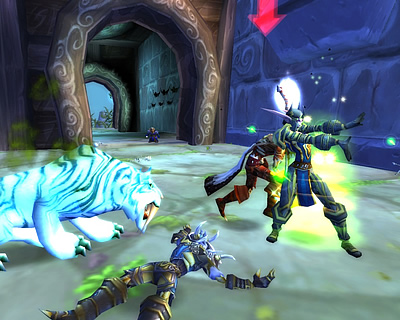Introduction * a newbie's response * the value of.. well, value * the formula for success * give before you take * a hearty guffaw
Virtual worlds are tricky. That holds true for users and companies alike. The old behavioral patterns no longer apply - there are no quests to embark on, character level is not measured with simple stats, repeatedly hacking at things doesn't guarantee a level-up, and pouring money into shiny builds does not guarantee an increase of sales.


Ah, the simplicity
What is a person or a company confronted with a brave, yet incomprehensible new world, to do? Well, most simply leave. That is evidenced in low user retention rates and the exodus of companies to greener (or so they think) pastures - to other virtual worlds or back to the warm embrace of traditional advertising. Yet, some persevere and a few of them even prosper. What do they know that the rest don't?


"There there, we'll do it much better this time"
It's simple: the prosperous ones understand value.
The key ingredient of a successful and eventually profitable Second Life presence is added value for the Second Life community. Only by adding value can companies build their Second Life community, and only a Second Life community enables the companies to reap added value from Second Life.
A process for real companies entering Second Life should therefore be something like this:
- Company starts creating value for Second Life users. That can be practically anything: free content, free music, regular events, education, ..
- A community forms around this and grows
- After a community has been established, the company can reap the added value benefits - brand promotion, attracting new customers, business partners or employees, sales of virtual and real goods, content creation, market research, experimentation with business models, ..




Looks familiar..
The "GBYT" rule is one of the cornerstones of human interaction - in a way, our default behavior. Big corporations were only able to circumvent it by hammering advertising messages into us and controlling the supply. In Second Life - and all open virtual worlds - this kind of a heavy-handed approach doesn't work - everybody's free to teleport away and the playing field for content and service providers is extremely level.
I believe the virtual worlds are here to stay. Not necessarily Second Life, to be sure, but there will be virtual worlds and they will shape our life - both personal and professional. Like with the internet, the sooner you "get it", the bettter - and that goes doubly for companies. Which means that in order to prosper in virtual worlds, they will have to learn what it's like to be human again.
Hah!




1 comments:
It is so simple and natural, yet, so few understands it. I would really like to know why.
Post a Comment